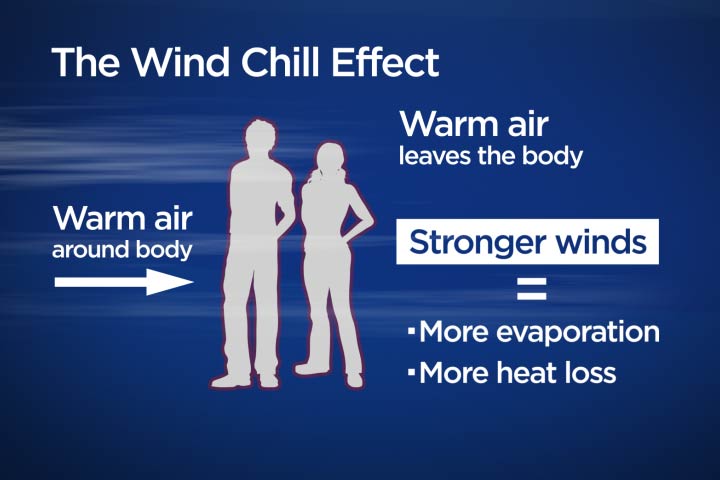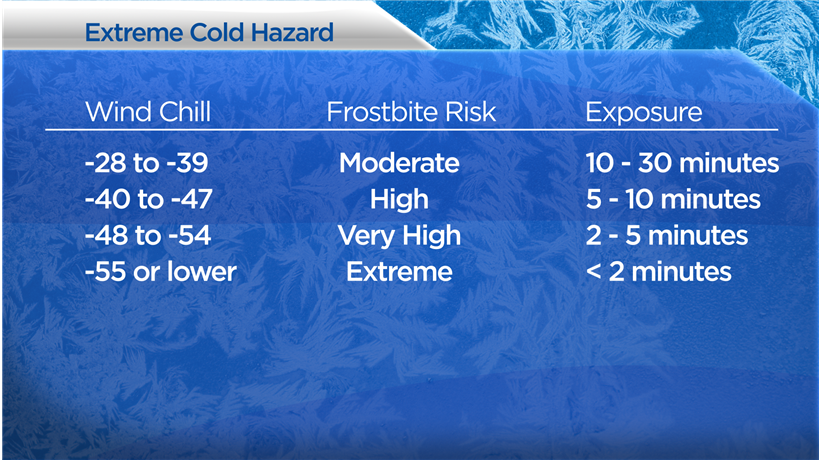If you spend any amount of time outside in the winter, then you know wind can make a cold day bearable or unbearable.

You’ve probably heard meteorologists and weather broadcasters use the term “wind chill” when talking about cold weather.
What wind chill is
The term is used to indicate how cold it feels outside, considering the temperature and wind speed.
The lower that “feels like” temperature is, the quicker frostbite and hypothermia can set in.
The cooling sensation you feel when you’re outside is caused by the breeze evaporating moisture on your skin and drawing heat away from your body.
How wind chill affects you

Get weekly health news
When you’re outside and the wind chill is more than -30, frostbite can happen in as little as 10 minutes.
If it feels colder than -40, frostbite can occur within just minutes of being outside.
It doesn’t take long for extreme cold to be hazardous or even life-threatening.
Wind chill can cause frostnip and frostbite but also hypothermia because it speeds up the rate at which your body loses heat.
Go to Environment Canada for more information on health hazards from the extreme cold, how you can spot the symptoms and what to do.
How to prepare for extreme cold
Follow the weather forecast and be aware of any extreme cold warnings issued by Environment Canada.When going outside, wear layers to avoid the health hazards mentioned above.Boots should be waterproof, and it’s recommended that people wear two or three layers of pants and shirts.And protect exposed skin with gloves, a tuque and a scarf.Watch below: How to dress for cold weather
To stay updated with radar and weather alerts in your area, download the Global News Skytracker weather app for iPhone, iPad or Android.










Comments